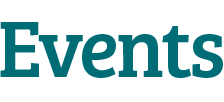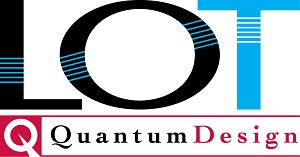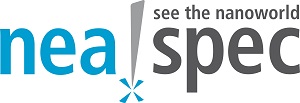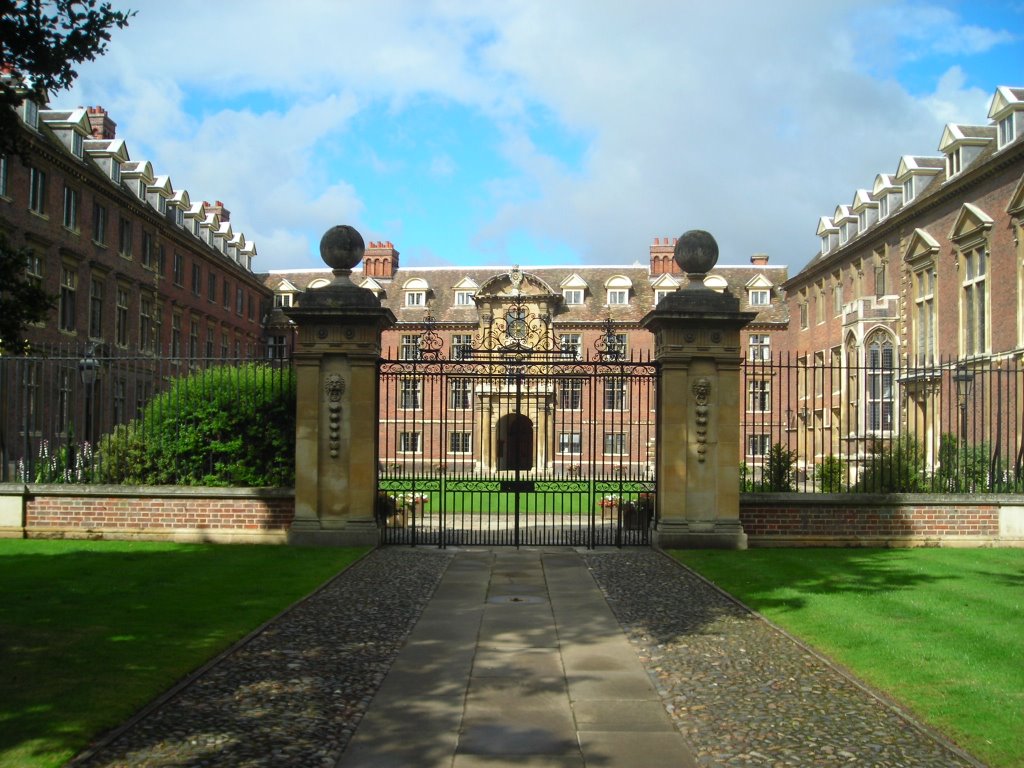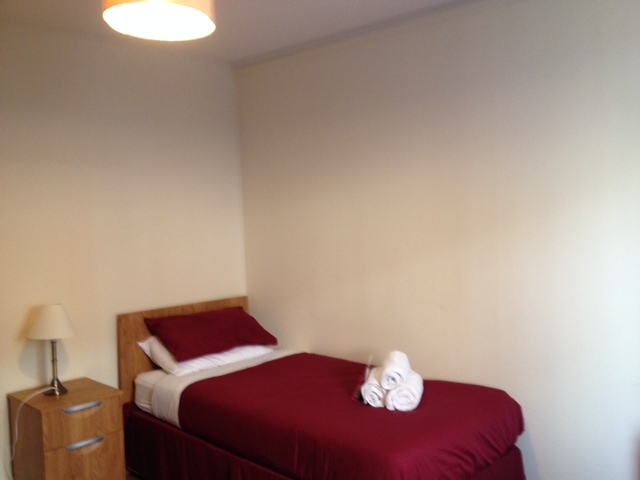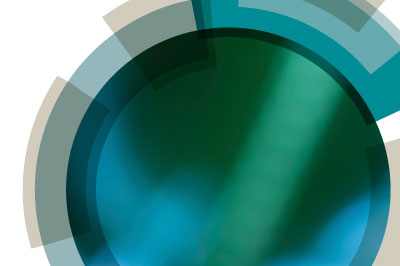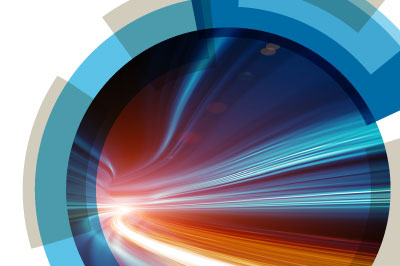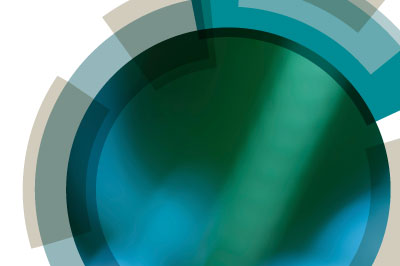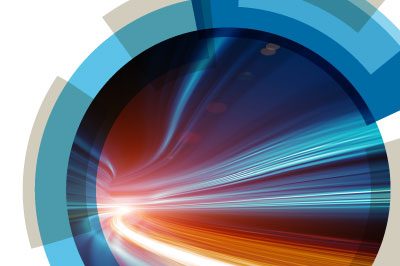Introduction
There have been significant advances in vibrational biomedical spectroscopy and many aspects of associated biophotonics in recent years. Large array detectors suitable for rapid scanning FTIR are now common place, tuneable infrared quantum cascade lasers are now available, deep Raman spectroscopy has emerged as a significant breakthrough technique and nonlinear Raman microscopes offer exciting new possibilities in the area of cell biology. There has also been a revolution in near field methods (e.g. tip enhanced Raman and Infrared, TERS AFM-IR, SNOM) all of which have been used on biomedical samples and accelerator based infrared sources continue to evolve. The time is right to hold a discussion meeting on this rapidly changing dynamic field. Diagnostic and prognostic tools based on these new technologies have the potential to revolutionise our clinical systems leading to improved patient outcome, more efficient public services and significant economic savings for healthcare providers and society. There are, however, many fundamental scientific and technological questions that we need to address before such techniques can be incorporated into the clinical arena.Themes
- Spectral Pathology
This theme focuses on infared and Raman analysis of tissue. This will include types of tissue but we would expect the focus to be predominantly on biopsy tissue. We are interested in new methodologies in rapid scanning FTIR and Raman as well as QCL based systems. Technological developments have been made in all these areas but there are still significant issues related to collecting and anglicising data on a realistic clinical timeframe. In addition this session will focus on how the analytical techniques can be translated into diagnostically useful tools. - Single cell analysis/Data handling
This session deals with infrared and Raman spectroscopy of single cells and with the issues of sample preparation and spectral artefacts. Topic for consideration would be using either infrared or Raman for in vitro cytological screening, including studies of stem cells/ stem cell differentiation, drug cell interaction, radiation and toxicological studies. Other areas would be related to spectroscopic cytology where cells are characterised according to disease state. This session would also deal with data analysis problems associated with single cell spectroscopy and in particular how to deal with the water problem in infrared. - Clinical Spectroscopy
In this session, we will discuss in vivo Raman and intra-operative spectroscopic methods. This area is starting to rapidly advance; however, there are still many fundamental and technological challenges of using infrared and Raman probe in the clinic and especially in the operating theatre. - Biofluids and other techniques
Biofluids, particularly blood and urine, represent readily accessible and relatively non-invasive samples for analysis. Vibrational spectroscopic techniques, both infrared and Raman, are ideally suited to the analysis of a range of such samples for the identification of specific diseases. In some cases a multivariate approach is required looking for a range of spectroscopic markers. In other cases specific analytes may be targeted. In this regard the development of Surface Enhanced Raman Spectroscopy (SERS) has been at the forefront of this development.
Aims
This discussion meeting aims to bring together scientists involved at the cutting edge of vibrational spectroscopy and development of clinically relevant diagnostic tools to discuss the current challenges and emerging opportunitiesPoster Prize
The Faraday Division poster prize was won by two presenters
- Infrared spectroscopy for the biomolecular assessment of vulval intraepithelial neoplasia and lichen sclerosus found in association with squamous cell carcinoma
Jonathan Frost
Biophotonics Research Unit, UK - Targeted SERS nanosensors in live 3D cell cultures as a new tool for drug discovery
Lauren Jamieson
University of Edinburgh, UK

